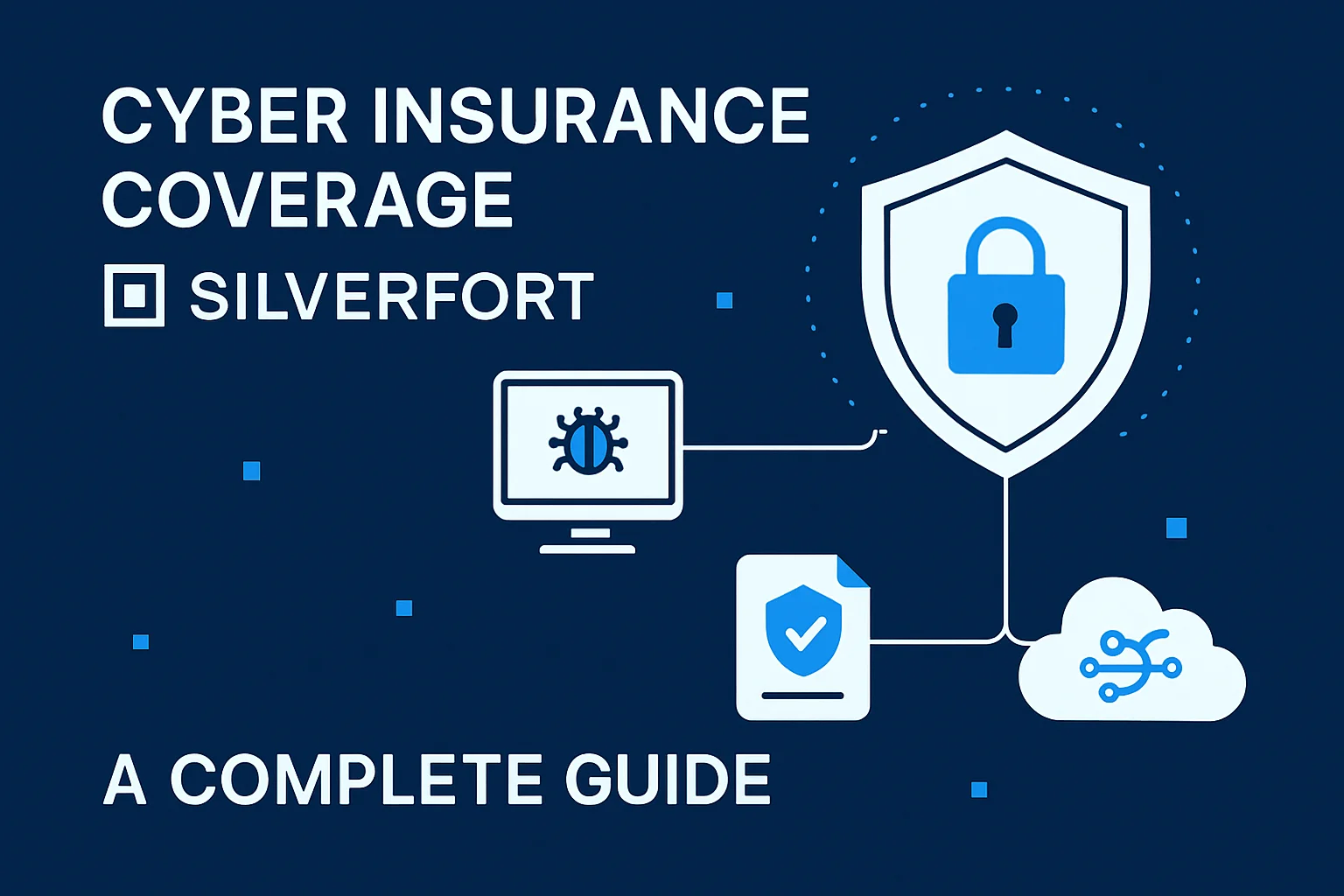Introduction
In today’s hyper-connected world, cyber threats are evolving faster than ever. From data breaches to ransomware attacks, businesses face significant digital risks. That’s where cyber insurance coverage Silverfort steps in—helping organizations safeguard themselves financially against the fallout of cyber incidents.
Silverfort, known for its unified identity protection platform, now plays a crucial role in cyber insurance readiness, reducing vulnerabilities and meeting insurers’ security prerequisites. In this guide, we’ll explore how cyber insurance coverage Silverfort works, its benefits, how to apply, and best practices for maximizing protection.
Benefits of Cyber Insurance Coverage Silverfort
How It Helps in Cybersecurity Risk Management
Silverfort provides an adaptive security layer that protects identity infrastructure without requiring agents or proxies. When integrated with cyber insurance coverage, it:
- Enhances multi-factor authentication (MFA) enforcement across legacy systems, service accounts, and command-line tools.
- Helps meet cyber insurance policy conditions, such as identity access management and zero trust enforcement.
- Minimizes attack surfaces, decreasing the likelihood of claims and making your company more insurable.
This makes your organization more resilient and insurable while keeping compliance and risk management at the forefront.
Key Advantages for IT Security Teams and Risk Managers
For companies looking to qualify for or improve cyber insurance policies, Silverfort offers multiple advantages:
- Real-time visibility into authentication activities
- Risk-based access controls to prevent unauthorized access
- Coverage of non-web and legacy assets, often excluded from traditional MFA tools
- Easier auditing and reporting, aligning with insurance assessments
By reducing identity-based threats, Silverfort increases insurer confidence and lowers premiums or deductible costs.
How to Use/Apply Cyber Insurance Coverage Silverfort
Step-by-Step Guide
Getting started with cyber insurance coverage Silverfort involves both technical and administrative steps. Here’s how to do it:
-
Assess Current Infrastructure
-
Identify gaps in identity protection, legacy system exposure, and MFA coverage.
-
Conduct a cybersecurity risk assessment to evaluate insurance eligibility.
-
-
Deploy Silverfort
-
Integrate Silverfort into your existing authentication framework (e.g., Active Directory, LDAP).
-
Use agentless deployment for quicker setup and lower complexity.
-
-
Enable Continuous Authentication
-
Configure policies to enforce adaptive MFA across all assets, including servers, VPNs, and RDP sessions.
-
Leverage risk-based triggers for dynamic decision-making.
-
-
Map Compliance with Cyber Insurance Requirements
-
Align Silverfort’s capabilities with policy conditions (like zero trust principles).
-
Generate reports for underwriters showing improved identity security posture.
-
-
Apply for or Update Your Cyber Insurance Policy
-
Present insurer with Silverfort-enabled protections.
-
Negotiate premiums and policy coverage based on reduced risk profile.
-
-
Maintain & Monitor
-
Continuously monitor for authentication anomalies.
-
Use Silverfort’s analytics to demonstrate compliance and reduce claim disputes.
-
Common Mistakes to Avoid
Avoid these errors when aligning Silverfort with cyber insurance:
- Not covering non-web assets: Most MFA tools don’t support legacy protocols—Silverfort does.
- Delayed policy mapping: Start mapping Silverfort’s security controls to insurer requirements early.
- Failure to document security improvements: Insurers need proof—keep records and reports ready.
- Overlooking internal systems: Ransomware often spreads internally; Silverfort helps block lateral movement too.
Best Practices for Cyber Insurance Coverage Silverfort
Tips & Tricks for Better Results
- Enforce MFA Everywhere: Apply MFA on all entry points, including service accounts, SSH, and legacy protocols.
- Automate Policy Enforcement: Use Silverfort’s policy engine to automate user verification based on behavior.
- Conduct Regular Simulations: Run phishing or penetration simulations to validate MFA effectiveness.
- Update Risk Assessment Regularly: Ensure your insurance provider always sees an updated and secure environment.
Expert Recommendations
Cybersecurity professionals recommend the following for organizations leveraging cyber insurance coverage Silverfort:
- Start with High-Privilege Accounts: Protect administrator and domain-level accounts first.
- Integrate with SIEM Tools: Silverfort can forward events to SIEMs for extended visibility.
- Adopt a Zero Trust Strategy: Insurance carriers increasingly look for identity-based segmentation and least-privilege access.
- Use Reports in Renewals: Present Silverfort’s logs and analytics during insurance policy renewal to justify better rates.
FAQs About Cyber Insurance Coverage Silverfort
Answer Common Questions
Q1: What is Silverfort, and how does it help with cyber insurance?
Silverfort is a unified identity protection platform that enforces MFA and access policies across all systems, including those not typically supported by legacy MFA solutions. It helps reduce identity-based threats, making it easier to qualify for cyber insurance coverage.
Q2: Does Silverfort reduce the cost of cyber insurance?
Yes, in many cases. By implementing Silverfort, organizations demonstrate a proactive security posture, which may lead to lower premiums or expanded coverage terms from insurers.
Q3: Can Silverfort work with existing authentication systems?
Absolutely. Silverfort is agentless and integrates with existing identity providers like Active Directory, LDAP, or cloud directories.
Q4: What if my organization already has MFA? Why use Silverfort?
Traditional MFA tools often don’t cover legacy protocols or non-web systems. Silverfort fills those gaps, ensuring comprehensive protection and better insurance alignment.
Q5: Is Silverfort necessary for cyber insurance?
While not mandatory, Silverfort helps you meet many of the technical requirements insurers look for—especially with identity access controls and zero trust adoption.
Conclusion
Cyber insurance has become a vital part of modern cybersecurity strategies. But getting coverage—and keeping premiums low—requires more than just basic protections. Cyber insurance coverage Silverfort bridges the gap between identity security and insurance readiness.
By leveraging Silverfort’s advanced identity protection, companies can:
- Reduce the risk of cyber incidents
- Qualify for broader or more affordable insurance coverage
- Ensure compliance with emerging insurer demands
- Improve visibility, control, and reporting across all authentication flows
If you’re planning to apply for cyber insurance or looking to improve your current policy terms, integrating Silverfort is a strategic move that pays off in both security and savings.
Take action today—assess your identity security, implement Silverfort, and future-proof your cyber insurance coverage.


